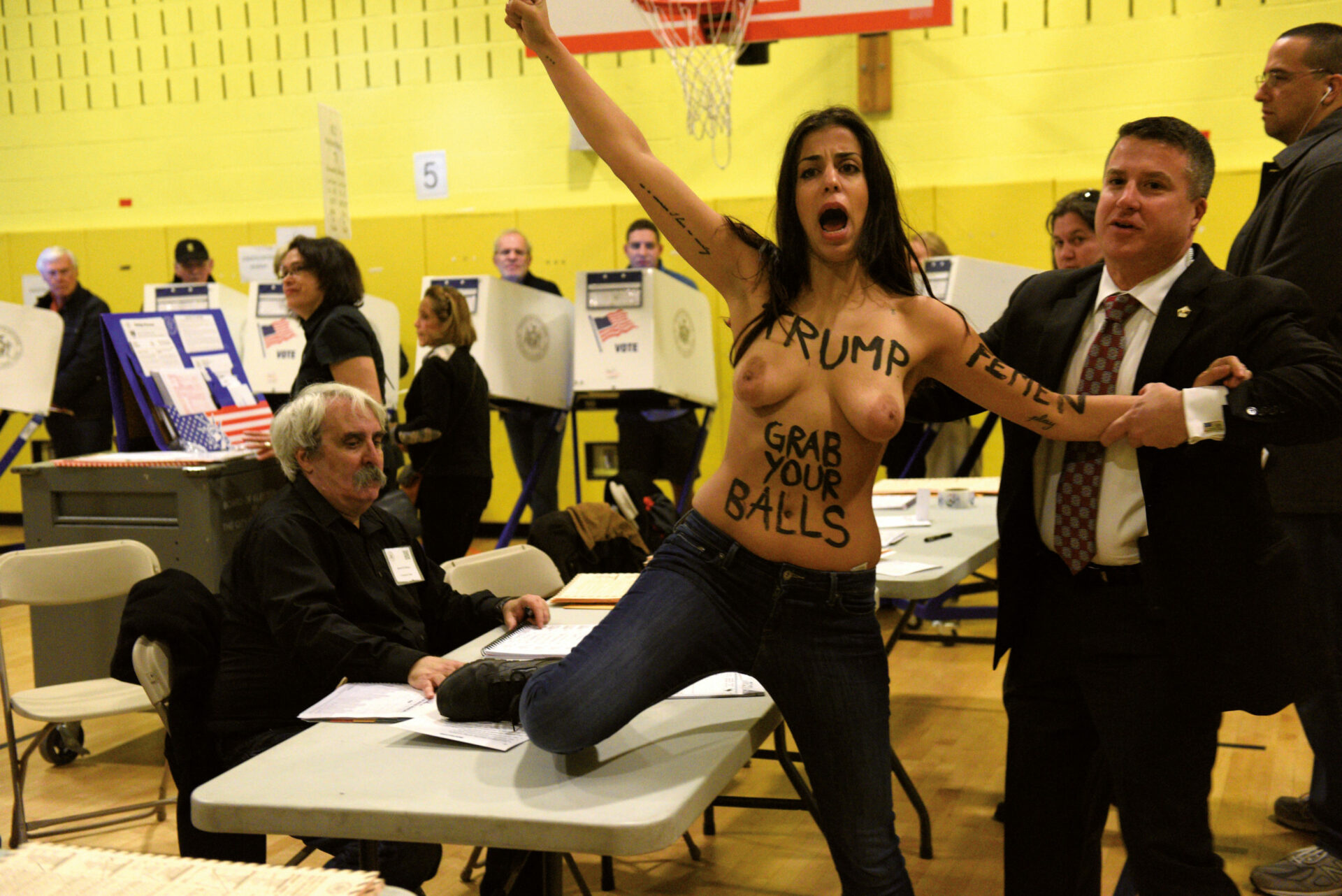
Photo : © Darren Ornitz
Naked Demonstrations: Feminism and Visual Culture
In 1903, Emmeline Pankhurst founded the Women’s Social and Political Union, whose motto was “Deeds, not words” and they became known for physical confrontations. Here was a group of women determined to act. When suffragettes Muriel Matters and Helen Fox chained themselves to the grille of the Ladies’ Gallery in the House of Commons or when Sylvia Pankhurst and other suffragettes were subjected to force-feeding during their subsequent prison hunger strikes, newspaper imagery and the accompanying accounts revealed a kind of sadistic glee.2 2 - See James Vernon, Hunger: A Modern History (Cambridge: Harvard University Press, 2009). The suffragettes’ acts of resistance were quickly reframed within old terms of sexual violence, and their assertive, powerfully political bodies were recast as sublimated in static visual imagery. Jill Lepore has recently argued that the image of the suffragette in chains directly inspired William Moulton Marston’s comic book hero Wonder Woman, who can be stopped only by being gagged and bound, and thus she appears in nearly every one of the original installments.3 3 - Jill Lepore, Secret History of Superwoman (New York: Random House, 2014).



